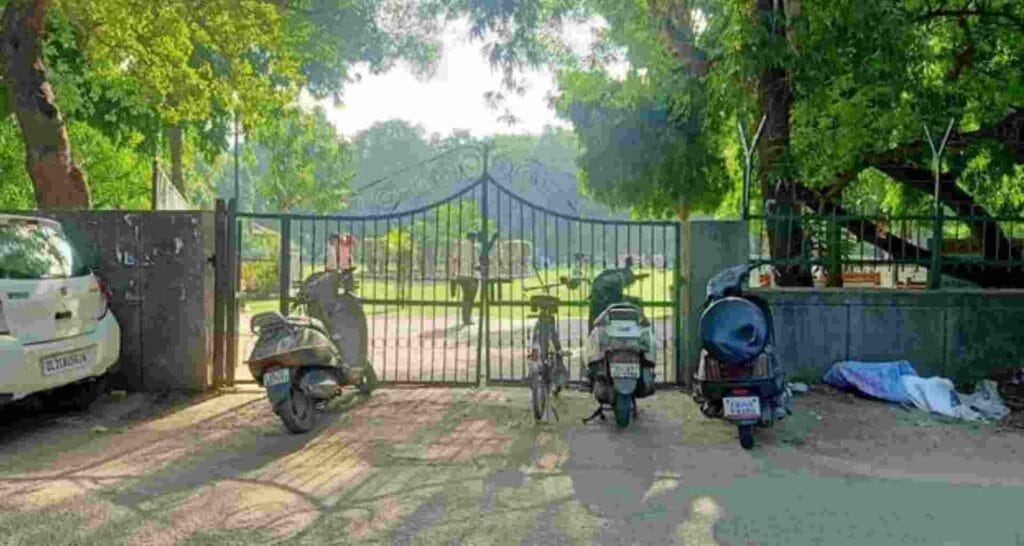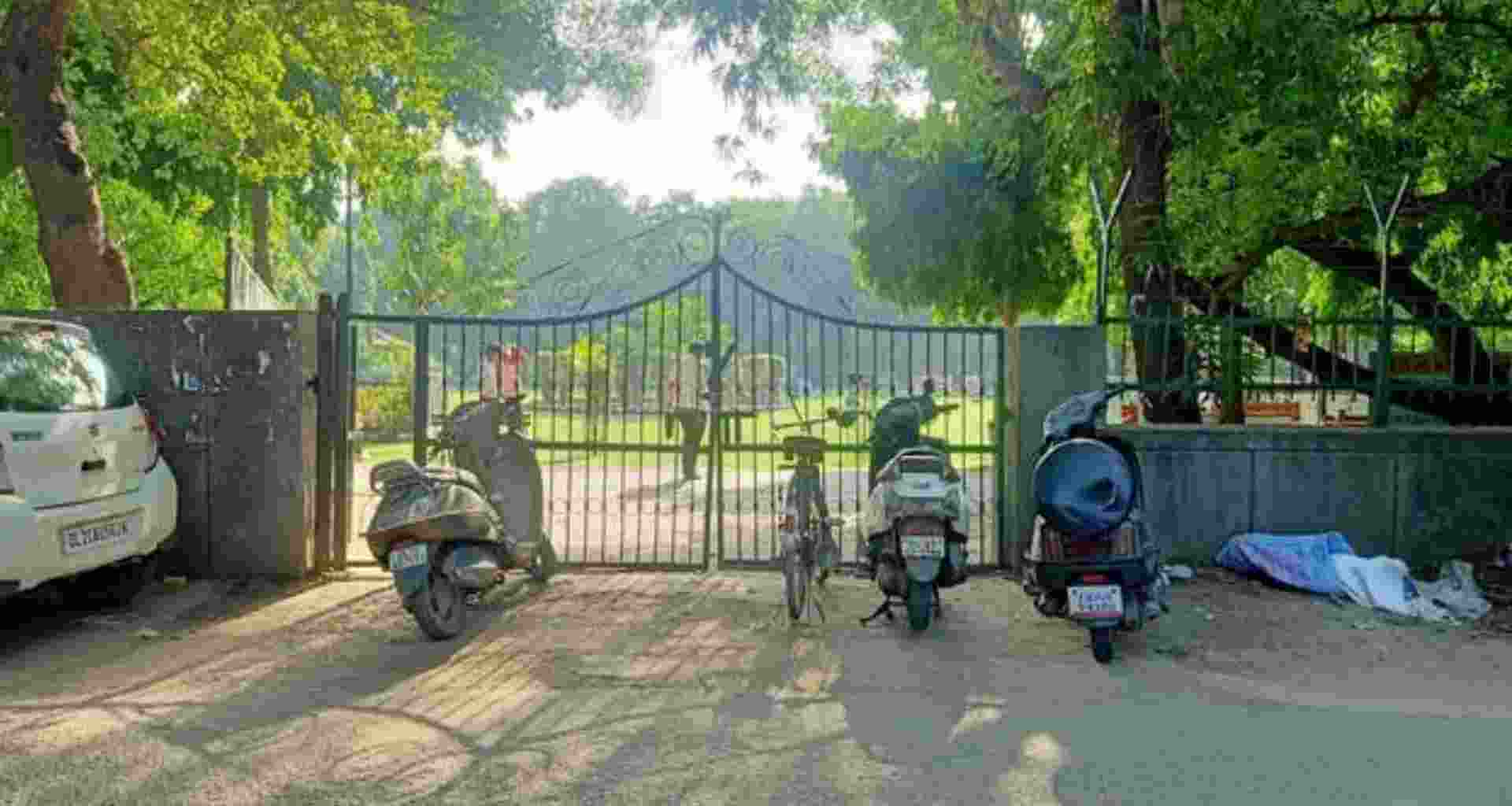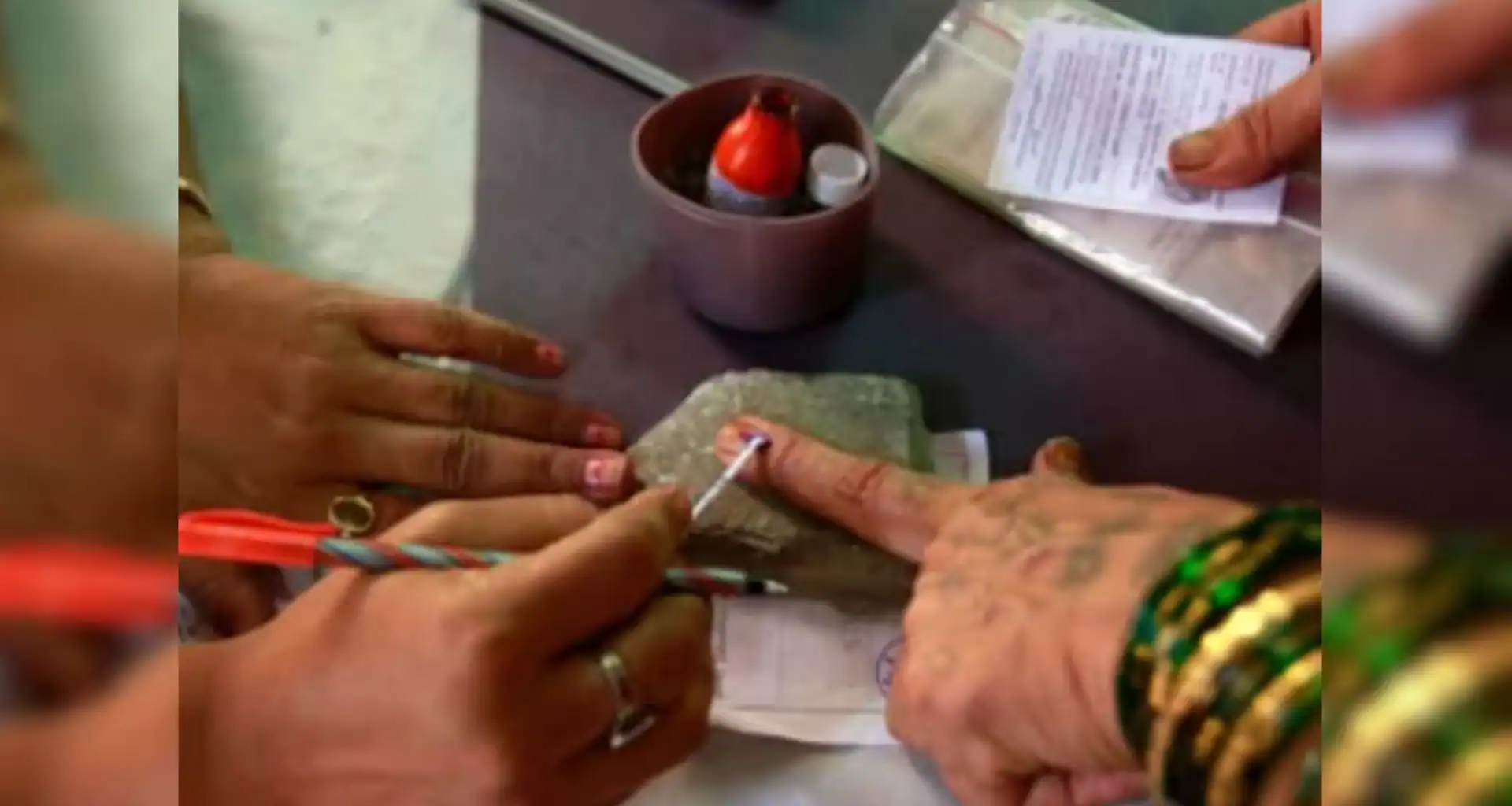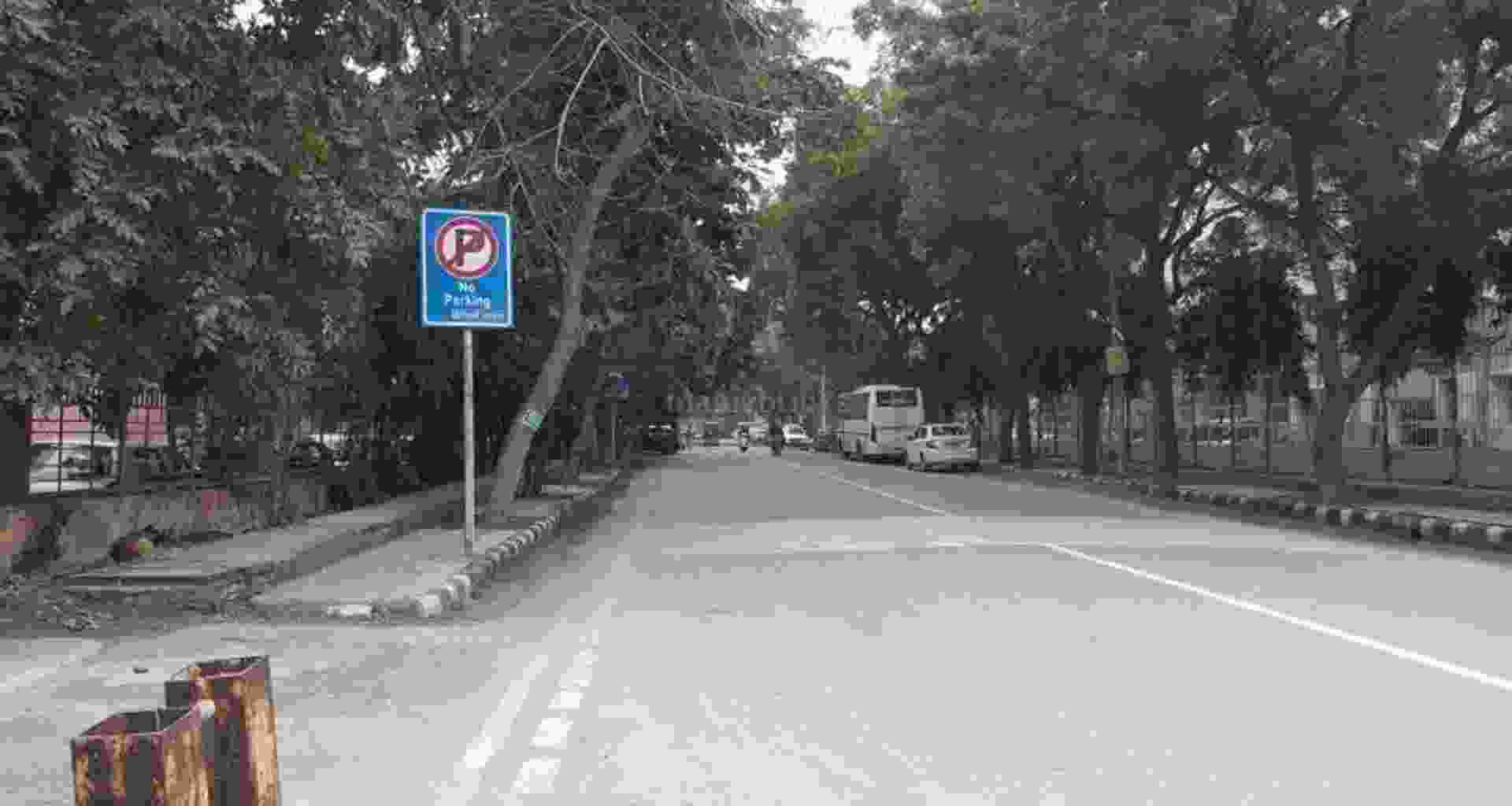Tri Nagar Assembly constituency is located in the northern part of Delhi, within the North West Delhi district. It is one of the 70 constituencies of the Delhi Legislative Assembly and falls under the Chandni Chowk Lok Sabha constituency. The seat has witnessed shifting political dynamics over the years, with different parties holding control at various times. This article delves into the historical election results, voter demographics, and upcoming 2025 elections to provide a thorough understanding of the Tri Nagar Assembly constituency.
Electoral History of Tri Nagar Assembly Constituency
Over the years, Tri Nagar has seen intense political competition between the Bharatiya Janata Party (BJP), Indian National Congress (INC), and the Aam Aadmi Party (AAP). Below are the detailed election results for the last few elections:
Tri Nagar Assembly Constituency Results 2025
| Status | Candidate | Party | Votes | Margin |
|---|---|---|---|---|
| Won | Tilak Ram Gupta | Bharatiya Janata Party (BJP) | 59,073 | +15,896 |
| Lost | Preeti Jitender Tomar | Aam Aadmi Party (AAP) | 43,177 | -15,896 |
| Lost | Satender Sharma | Indian National Congress (INC) | 6,897 | -52,176 |
| Lost | Pawan Garg | Bahujan Samaj Party (BSP) | 566 | -58,507 |
| Lost | Subhash | Asankhya Samaj Party | 181 | -58,892 |
| Lost | Surendra Singh Basoya | Peoples Party of India (Democratic) | 115 | -58,958 |
2020 Delhi Assembly Elections
In the 2020 Delhi Assembly elections, Preeti Tomar from the Aam Aadmi Party (AAP) emerged victorious, maintaining the party’s hold in the constituency. The results were as follows:
| Party | Candidate | Votes | Vote Share (%) | ±% Change |
|---|---|---|---|---|
| AAP | Preeti Tomar | 58,504 | 52.38 | -3.32 |
| BJP | Tilak Ram Gupta | 47,794 | 42.79 | +6.81 |
| INC | Kamal Kant Sharma | 4,075 | 3.65 | -3.37 |
| BSP | Aruna | 272 | 0.24 | -0.04 |
| NOTA | None of the Above | 516 | 0.46 | +0.10 |
| Majority | 10,710 | -10.13 | ||
| Turnout | 1,11,793 | -4.64 |
2015 Delhi Assembly Elections
In the 2015 elections, Jitender Singh Tomar from AAP defeated the incumbent BJP candidate, Nand Kishore Garg, by a significant margin. The results were as follows:
| Party | Candidate | Votes | Vote Share (%) | ±% Change |
|---|---|---|---|---|
| AAP | Jitender Singh Tomar | 63,006 | 55.70 | +22.64 |
| BJP | Nand Kishore Garg | 40,699 | 35.98 | +0.20 |
| INC | Anil Bharadwaj | 5,939 | 2.02 | -17.14 |
| BSP | Nityanand Singh | 317 | 0.28 | -2.09 |
| NOTA | None of the Above | 407 | 0.36 | – |
| Majority | 22,307 | +16.98 | ||
| Turnout | 1,13,196 |
2013 Delhi Assembly Elections
In 2013, BJP’s Nand Kishore Garg won the Tri Nagar seat by a narrow margin, defeating Jitender Singh Tomar of AAP. The results were as follows:
| Party | Candidate | Votes | Vote Share (%) | ±% Change |
|---|---|---|---|---|
| BJP | Nand Kishore Garg | 36,970 | 35.78 | -8.31 |
| AAP | Jitender Singh Tomar | 34,161 | 33.06 | – |
| INC | Anil Bharadwaj | 24,962 | 24.16 | -22.10 |
| BSP | Ravi Raj Yadav | 2,451 | 2.37 | -0.96 |
| Independent | Dharmender Kumar Ray | 2,313 | 2.24 | – |
| Majority | 2,809 | – | ||
| Turnout | 1,03,657 | +7.48 |
2008 Delhi Assembly Elections
The 2008 elections saw Anil Bharadwaj of INC winning the seat. He narrowly defeated BJP’s Nand Kishore Garg by a slim margin. The detailed results are as follows:
| Party | Candidate | Votes | Vote Share (%) | ±% Change |
|---|---|---|---|---|
| INC | Anil Bharadwaj | 41,891 | 46.26 | -10.21 |
| BJP | Nand Kishore Garg | 39,222 | 44.09 | +2.39 |
| BSP | Puran Mal Goel | 5,073 | 5.60 | – |
| SP | Lalit Kumar Sharma | 1,547 | 1.71 | – |
| BJSH | Sunder Singh Khatri | 461 | 0.51 | – |
| Independent | Sanjay Kumar Gautam | 299 | 0.33 | – |
| Majority | 1,969 | +2.17 | ||
| Turnout | 90,547 | +3.27 |
2003 Delhi Assembly Elections
In 2003, Anil Bhardwaj of INC won the seat with a comfortable majority, defeating BJP’s Nand Kishore Garg. The results were:
| Party | Candidate | Votes | Vote Share (%) | ±% Change |
|---|---|---|---|---|
| INC | Anil Bhardwaj | 32,449 | 56.47 | +9.91 |
| BJP | Nand Kishore Garg | 23,958 | 41.70 | -9.39 |
| Independent | Hamayun Khan | 393 | 0.68 | – |
| NCP | Raj Kumar | 289 | 0.50 | – |
| Majority | 8,491 | +14.77 | ||
| Turnout | 57,458 | +7.22 |
1998 Delhi Assembly Elections
In the 1998 elections, BJP’s Nand Kishore Garg won the seat but with a smaller margin compared to the previous elections. Here are the results:
| Party | Candidate | Votes | Vote Share (%) | ±% Change |
|---|---|---|---|---|
| BJP | Nand Kishore Garg | 25,576 | 51.09 | -4.46 |
| INC | Chattar Singh | 23,493 | 46.56 | +7.70 |
| SP | Shiv Kumar | 543 | 1.08 | +0.66 |
| Independent | Vikram Singh Khari | 244 | 0.48 | – |
| Majority | 2,283 | +4.53 | ||
| Turnout | 50,453 | -16.52 |
1993 Delhi Assembly Elections
In 1993, BJP secured its victory in Tri Nagar by a significant margin, with Nand Kishore Garg defeating INC’s Deep Chand Sharma. The election results were as follows:

| Party | Candidate | Votes | Vote Share (%) | ±% Change |
|---|---|---|---|---|
| BJP | Nand Kishore Garg | 28,872 | 55.55 | – |
| INC | Deep Chand Sharma | 20,199 | 38.86 | – |
| JD | Nathu Singh Garg | 1,202 | 2.31 | – |
| SS | Raj Kumar Goel | 497 | 0.96 | – |
| Independent | Suresh Kumar | 339 | 0.65 | – |
| SP | Rakesh Kumar | 217 | 0.42 | – |
| Majority | 8,673 | +16.69 | ||
| Turnout | 51,979 | +69.42 |
Demographic Analysis of Tri Nagar Assembly Constituency
Tri Nagar is home to a diverse electorate, with a mix of communities and castes that influence the political dynamics in the area. The voter demographics of Tri Nagar are as follows:
| Community Name | Voter Count | Voter Percentage |
|---|---|---|
| SINGH | 17,330 | 10.7% |
| KUMAR | 13,221 | 8.1% |
| MUSLIM | 9,982 | 6.2% |
| LAL | 8,064 | 5% |
| GUPTA | 7,185 | 4.4% |
| SHARMA | 6,408 | 3.9% |
| RAM | 6,339 | 3.9% |
| CHAND | 4,560 | 2.8% |
| JAIN | 3,914 | 2.4% |
| YADAV | 2,669 | 1.6% |
| AGARWAL | 2,150 | 1.3% |
| GARG | 2,094 | 1.3% |
| PRASAD | 1,840 | 1.1% |
| DAS | 1,781 | 1.1% |
| BANSAL | 1,697 | 1% |
| GOEL | 1,686 | 1% |
| PRAKASH | 1,626 | 1% |
| PAL | 1,617 | 1% |
Political Trends and Future Predictions
Tri Nagar has historically seen competition between the BJP, INC, and AAP. In recent years, AAP has emerged as a dominant force, especially after the 2015 and 2020 elections. In 2025, the political landscape is expected to be highly competitive, with AAP fighting to retain its seat and BJP aiming for a comeback.
The 2025 Delhi Assembly Election will be crucial, and both major parties will be focusing heavily on voter turnout, caste dynamics, and campaign strategies to secure a win.
Conclusion – Tri Nagar Assembly Constituency
Tri Nagar Assembly constituency is a vital part of Delhi’s political landscape. The shifting dominance between the AAP, BJP, and INC over the years reflects the evolving political mood of Delhi’s electorate. With a complex voter base and an interesting history, the 2025 elections will be a defining moment in the area’s political future.



